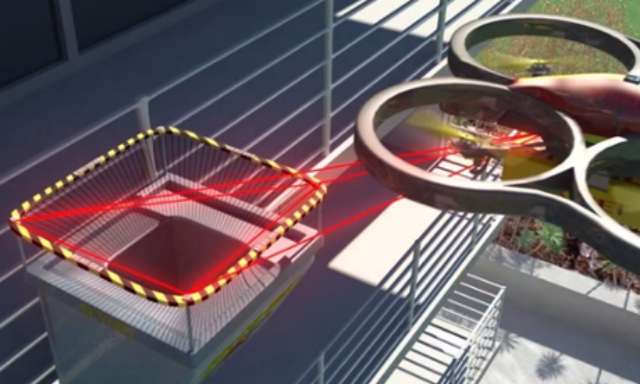A futuristic mailbox designed in Townsville has made the semi-finals of the inaugural million-dollar Drones for Good prize, an international contest intended to steer drone development towards improving people’s lives. Royal Australian Air Force corporal Clinton Burchat’s ominously named Skynet builds on plans by Amazon and Google to deliver small packages by drone.
The tech giants are struggling to secure regulatory approval for drone delivery, which the Amazon boss, Jeff Bezos, predicts is still at least four or five years away.
Burchat foresees more practical challenges to the plan. “I think the final few metres of the delivery will be the hardest part,” he said.
“Amazon wants to land a drone in your backyard. Google wants to hover above your backyard and drop the package by string. But that’s no good if you don’t have a backyard; or it could come into contact with children or pets.”
Enter Skynet. Along with his tech-savvy partner on the project, the electronics engineer Grant Bajema, Burchat has designed a barcoded and GPS-tagged net that he believes could be mounted on the homes, balconies and backyards of the near future.
GPS could guide the drones to within sight of the net, and LED lights mounted on its corner would shepherd the aircraft the final few metres.
“From there, they’d read the barcode on the net, confirm it’s the net that it’s looking for, and then drop the delivery.”
Their concept was one of 20 to make the semi-finals of Drones for Good, a prize set up this year by the United Arab Emirates.
The opulent gulf state wants to lead what it predicts will be a $10bn industry by 2025, and has offered a US$1m prize to the most promising concept.
Burchat will fly to Dubai in February for a two-stage competition, involving a five-minute presentation on the first day followed by a second, more detailed pitch to the judges the next.
Yet to be invented is a sensor, mounted on the drone, that could recognise the LED lights on the net then scan its unique barcode – though a million dollars would certainly help move development along.
Source: The Guardian

